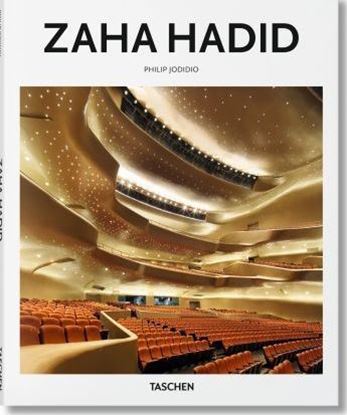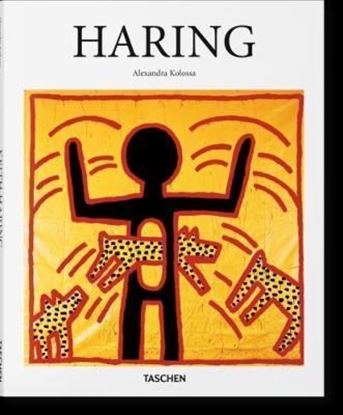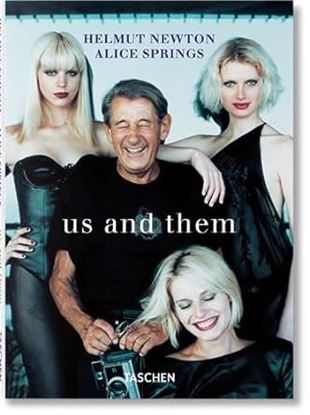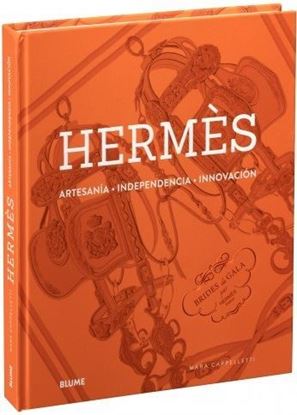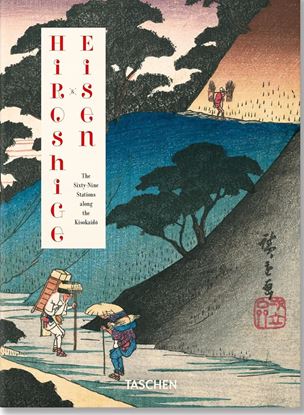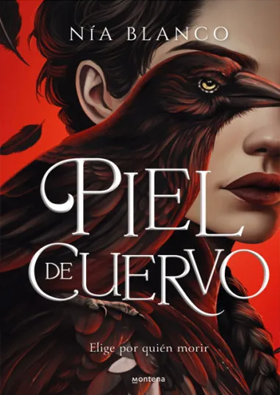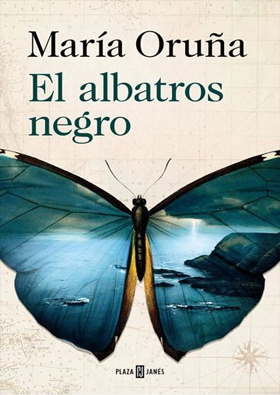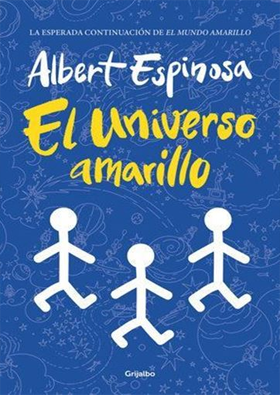

HADID (BA-ARCH) (GB)
Zaha Hadid was a revolutionary architect, who for many years built almost nothing, despite winning critical acclaim. Some even said her audacious, futuristic designs were unbuildable.
During the latter years of her life, Hadid’s daring visions became a reality, bringing a unique new architectural language to cities and structures as varied as the Rosenthal Center for Contemporary Art in Cincinnati, hailed by The New York Times as “the most important new building in America since the Cold War”; the MAXXI Museum in Rome; the Guangzhou Opera House in China; and the London 2012 Olympics Aquatics Centre.
At the time of her unexpected death in 2016, Hadid was firmly established among the elite of world architecture, recognized as the first woman to win both the Pritzker Prize for architecture and the RIBA Royal Gold Medal, but above all as a giver of new forms, the first great architect of the noughties.
From her early sharply angled buildings to later more fluid architecture that made floors, ceilings, walls, and furniture part of an overall design, this essential introduction presents key examples of Hadid’s pioneering practice. She was an artist, as much as an architect, who fought to break the old rules and crafted her own 21st-century universe.
1,350
HARING (BA-ART) (GB)
One of the key figures in the New York art world of the 1980s, Keith Haring (1958–1990) created a signature style that blended street art, graffiti, a Pop sensibility, and cartoon elements to unique, memorable effect. With thick black outlines, bright colors, and kinetic figures, his public (and occasionally illegal) interventions, sculptures, and works on canvas and paper have become instantly recognizable icons of 20th-century visual culture.
From his first chalk drawings in the New York City subway stations, to his renowned “Radiant Baby” symbol, and his commissions for Swatch Watch and Absolut Vodka, Haring’s work was both emblematic of the manic work ethic of 1980s New York, yet distinctive for its social awareness. Belying their bright, playful aesthetics, his pieces often tackled intensely controversial socio-political issues, including racism, capitalism, religious fundamentalism, and the increasing impact of AIDS on New York’s gay community, the latter foreshadowing his own death from the disease in 1990.
1,350
HELMUT NEWTON & ALICE SPRINGS
Un proyecto como este es algo excepcional, sin equivalentes antes ni despues: una pareja casada de fotógrafos publican autorretratos muy personales, incluso íntimos, y retratos mutuos tomados durante decadas, y complementa esas fotografías privadas con imágenes de personajes y celebridades de la jet-set. En 1998, Helmut y June Newton publicaron su legendario proyecto conjunto Us and Them en forma de libro y tambien en exposiciones complementarias. La primera parte de Us and Them, una historia incomparable de cincuenta y cinco años de convivencia y amor, nos ofrece una visión de la vida privada de los fotógrafos.Es una especie de diario fotográfico que documenta la vida que compartieron Helmut y June Newton por medio de las instantáneas que tomaron el uno del otro.
1,350
HERMES
La historia de los orígenes de la casa de moda francesa y cómo un pequeño negocio familiar se convirtió en una marca cuya independencia es su mayor fortaleza.
A través de imágenes de sus diseños icónicos, materiales de archivo, anuncios vintage y entrevistas inéditas, presenta el acceso a un mundo exclusivo y refinado.
Revela los valores, los principios, la visión y el estilo de Hermès, que convierten a la marca en un valor absoluto y a sus apasionados y fieles clientes en la mejor estrategia de marketing posible para productos que «se venden por sí mismos sin venderlos».
2,800
HIDDEN ALASKA
A stunning visual story of a place of wonder and mystique for every American, this book features what is legendary and beloved about Alaska, a land of magnificent wilderness and beauty, virtually untouched by human ambition. It also focuses on the key point of interest in the state today: endangered Bristol Bay, which faces potential mining of the world's greatest deposits of copper and gold. Its pristine waters are the worlds' biggest salmon spawning grounds. If the gold is mined, the ecosystem is destroyed -but the impoverished locals have work for the next half-century. After that, the salmon and the mines are gone. Melford, paired with noted environmental storyteller David Atcheson, addresses the dilemma by bowling us over with the beauty and importance of the place for all time. Underwritten by the Renewable Resources Coalition, the book will be distributed among its more than 5,000 members.
995


